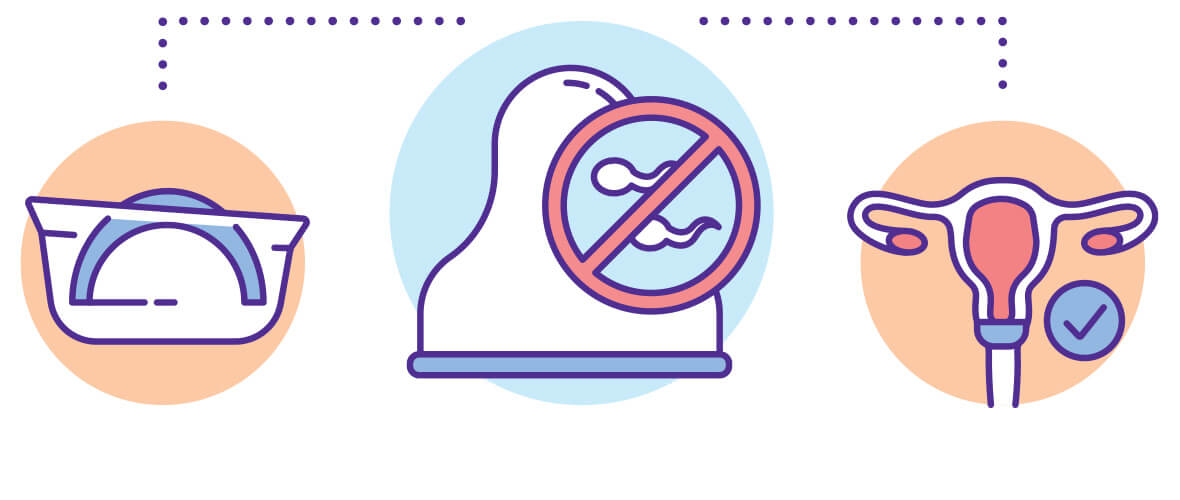The cervical cap is not a method of birth control that is widely used, and very few health care providers recommend this type of contraception. If you are interested in the cervical cap, be sure to check with your health care provider to see if this method is available.
What is a cervical cap?
A cervical cap is a small silicone or rubber cup you insert into your vagina before sexual intercourse to help prevent pregnancy. It covers your cervix so sperm can’t reach an egg. Suction helps it stay in place. The only cervical cap approved for use in the United States is sold under the brand name FemCap®. It must be fitted and prescribed by your healthcare provider. Spermicide is added to the cap to kill any sperm that may get outside of the protection of the cap.
How effective is it?
Like all contraception, cervical caps are only effective when used correctly. If you don’t follow the directions or use it every time you have sex, it will increase your chances of becoming pregnant. Additionally, the cap must be fitted tightly across your cervix. If it’s not a snug fit, it lowers the device’s effectiveness.
A cervical cap is also less effective if you’ve given birth vaginally. This is because your vagina and cervix are stretched during childbirth, and the cap may not fit as well. The cervical cap is about 86% effective in people who haven’t given birth. It’s about 71% effective in people who have given birth.
Cervical caps aren’t as effective as other birth control options like patches, rings, pills or intrauterine defines (IUDs).
Typical use results in a failure rate of approximately 20%. This means that 20 people out of every 100 will become pregnant during the first year of use. You should take a pregnancy test if you are experiencing any pregnancy symptoms.
What are the side effects or health risks?
The most common side effect of using a cervical cap is vaginal irritation. Some women also experience an increase in the number of bladder infections they have.
The cervical cap should not be used by women who have:
- An abnormally shaped cervix
- A history of pelvic inflammatory disease (PID)
- Abnormal pap smears
- Severe cervicitis
Is it reversible?
Yes. A cap does not have any effects on either the male’s or the female’s reproductive function. It is possible to get pregnant immediately when the caps are no longer used.
How much does a cervical cap cost?
Office visits to obtain a prescription for a cervical cap range from $50 to $200, the cap costs between $15 and $50 dollars and spermicidal jellies, foams, or creams range from $7 to $18 dollars per package. The cervical cap can last up to two years.
What about sexually transmitted infections (STIs)?
The cervical cap does NOT provide protection against the transmission of sexually transmitted infections.
What are the pros & cons of cervical caps?
- The Pros:
- Reusable and relatively inexpensive
- Small and easy to carry
- Requires less spermicide than a diaphragm
- Are hormone-free
- Rarely hinders the sexual experience
- May be used for repeated intercourse within a 48 hour period
- The Cons:
- Requires consistent use for each sexual encounter
- Spermicide may be messy
- A prescription is required
- May contribute towards urinary tract infections
- Offer no protection against sexually transmitted infections
- May cause cervical changes, such as cervicitis
- Must be cleaned and stored
- May need to be resized following a pregnancy, abortion, pelvic surgery, or weight loss or gain (20lbs or more)
- May get stuck in the cervix, requiring it to be removed by your healthcare provider
Want to Know More?
Sources:
Cleveland Clinic: Cervical Cap
Healthline: Cervical Cap






